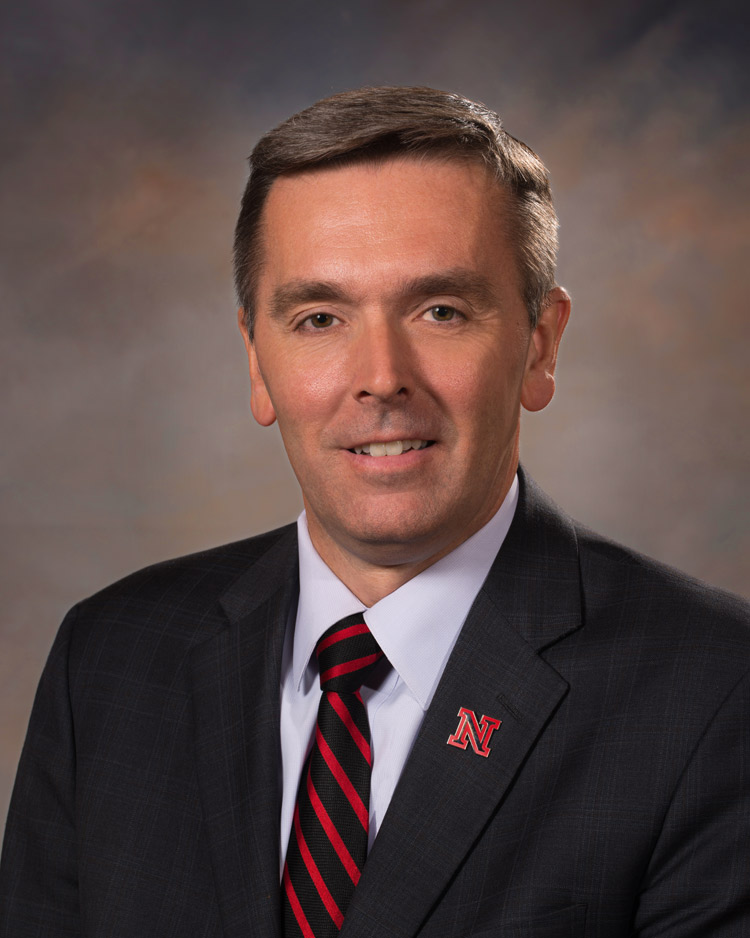
When Ronnie Green was growing up on his family’s farm in southwestern Virginia in the 1960s and ‘70s, traveling to Roanoke, Va., the regional center 15 miles, away was an adventure.
But his kids “grew up thinking it was not a big deal for them to live in Sutton, Nebraska, and go to a movie in Lincoln 90 miles away, which to me when I was growing up, it would be, are you kidding? To them it’s no big deal,” said Green, NU vice president and Harlan vice chancellor of the University of Nebraska-Lincoln Institute of Agriculture and Natural Resources.
To people who live in rural areas, just what constitutes a community or regional center is all a matter of perspective. And Green points to differences between his perspective and those of his children to illustrate the kinds of questions the Rural Futures Institute should explore.
The institute will host its second Rural Futures Conference Nov. 3-5 in Lincoln to explore those and other questions. The conference theme is “Beyond Boundaries” and registration opens Sept. 1 at http://ruralfutures.nebraska.edu/conference.
If a 15-mile trip in the ‘60s was a big deal and 50 years later, 90 miles for a movie seems ordinary, how will people define their regional center 50 to 75 years from now as they increasingly communicate instantaneously around the world and need not always rely on place-based occupations?
Green readily acknowledges he doesn’t know. But he’s convinced the University, in keeping with its land-grant heritage, should be leading the way in asking those questions and collaborating broadly with rural people and rural communities to envision some answers.
“Envisioning the future has to be at this big level of saying, how do we get out of the mud where we’ve been for a long time in thinking about rural issues and really be thinking up instead of being bogged down in the mud of hanging on,” he said. “We haven’t really been thinking about the long-term future; we can’t get past the near term.”
Green knows it’s a tall order. People are products of their own times and places, and it’s always difficult “to fully view the world through a forward lens,” he said.
Green noted that up until about the 1950s, rural development efforts were largely focused on providing rural communities that initially sprouted where there was water and railroads with the same kinds of infrastructure that city dwellers enjoyed. Thus rural electrification and road-building efforts took priority. Since then, however, innovations in agriculture that have dramatically increased productivity also have contributed to outmigration from rural areas because it no longer takes as many people to operate farms and ranches.
Consequently, the rural landscape is dotted with abandoned farmsteads, merged farms and once-thriving small towns that functioned as commercial centers for more populous regions.
So people who care about rural places now face a different developmental era, Green said. “We need to be looking at all the big issues that are out there…We need to ask: What is this potentially going to look like beyond us?”
For example, Green asks, in 2075:
• What will the transportation system look like?
• Are county boundaries and the governmental structures that made sense when they were created still functional for the long term?
• What about rural schools?
• Does it make sense to support every community dotted across the landscape at 10-mile intervals?
• How do you best provide rural services?
“What we’re talking about is marshaling the resources of the university system to take on those challenges,” he said, “to explore and ask what these things need to look like in the future?”
And at another level, people need to deal with rural communities as they exist today. “How do you actually take the landscape as it exists today and identify the ways that communities and places are going to be more successful in the long term?” Green asked, adding: “Not every rural community is going to be successful, as hard as it is to say.”
“We’ve tended to say, let’s throw some rural development money at the problem and try to save the day, but those days are over. That’s my personal belief; those days are over.”
In a way, Green said, people who care about the future of the rural landscape are “in this kind of no-man’s land between the future world and the past world.” It’s the difference between thinking 15 miles is a major journey or taking 90-mile trips for granted.
Green envisions the Rural Futures Institute as a mechanism to bridge that gap, by asking tough questions, exploring possible answers and enlisting people with many perspectives to envision—and create—a new rural future.
Last year’s first Rural Futures Conference drew 475 participants and registration was closed two weeks prior to the event because the venue capacity had been reached.
It is anticipated that this year’s conference will again draw a large crowd and registration will only be open until all the seats are filled. The University is currently interviewing finalists and it is expected the institute will have an executive director identified by November.
To learn more about opportunities to engage at the conference or to register, visit the website. You can also follow Rural Futures on Twitter at twitter.com/rural_futures (hashtag: #RFC2013) or Facebook at facebook.com/ruralfutures.
More details at: http://go.unl.edu/9yi